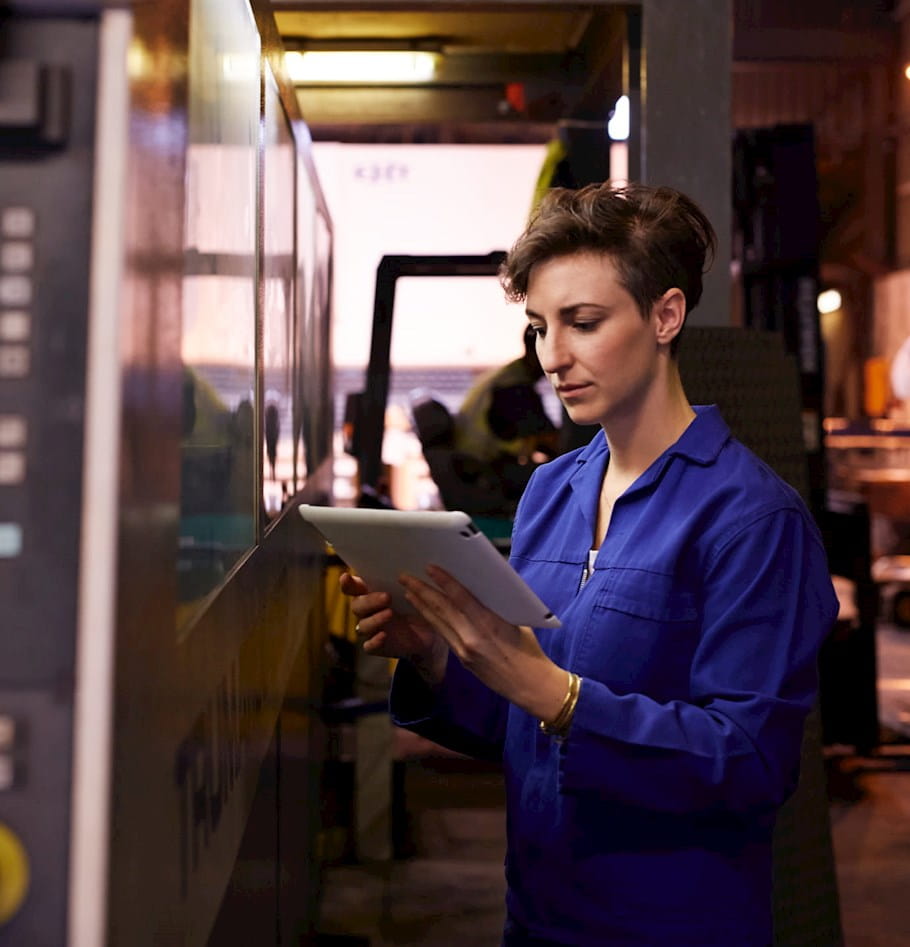Trust me, Fred. This Amazon thing is a go!
I walked a few blocks up the street from West Monroe’s office with my colleagues to visit the newly-opened Amazon Go store. Having downloaded the app to our phones, we headed out the door to experience the store of the future on opening day.
After waiting in line a few minutes, we were ushered in. We scanned our smartphones at the entry and walked into what looks like a normal convenience store. Shelves of snacks, beverages, “grab and go” foods (sandwiches, salads), basic grocery products, a small wine and beer section in the back. The store was clean and bright, product selection well organized, prices clearly marked.
The shopping experience was simple. We browsed the store, selected a few items (and put a few back, just to test that out), walked out of the store, snapped a few photos for posterity, and headed back to West Monroe. By the time we’d walked 2-3 blocks, our purchases were recorded (correctly) in each of our apps, along with an alert to just “swipe left” in the app for a refund of any item. Simple.
I found the experience fascinating. It felt strange to take a product off the shelf, place it in a bag, and know that I’d be walking out of the store without visiting a cashier. Clearly, Amazon has a high degree of trust in their “Just Walk Out” technology, and interestingly, the entire experience left me feeling a sense of being more trusted as a customer.
Contrast this with my shopping experience a day earlier, which is where Fred comes in…
On Sunday, I went to my neighborhood Fred Meyer store to shop for athletic clothing. Fred Meyer is a regional superstore combining a supermarket and drugstore with general merchandise. The clothing department carries major athletic brands and offers fitting rooms so customers can find the best size and fit.
My shopping experience at Fred Meyer started out well. The store was clean and bright, product selection well organized, prices clearly marked. But things got more challenging at the fitting room…
Fred Meyer keeps fitting rooms locked, requires a store associate to unlock them, and restricts the number of items per fitting. Accessing a fitting room involves tracking down a store associate – sometimes via a wall phone in the fitting room area – who counts your items before unlocking the door. Want to try on additional items? Repeat this same process on each subsequent trip to the fitting room. Not simple. Not trusted.
My shopping experience involved several iterations of this, which was time-consuming and annoying. Eventually, I found what I wanted and proceeded to the checkout line, where I waited for the store associate to ring up my purchases before walking out.
Reflecting on the two shopping experiences today…
Why does Amazon seem to trust me, but Fred Meyer doesn’t?
The answer seems easy. Because Amazon knows who I am, and Fred Meyer doesn’t. But wait. Fred Meyer does know me. At the checkout counter, I entered my Fred Meyer Rewards Card number while paying, resulting in a discount on several items I purchased.
So maybe a more relevant question is…
Why does Fred Meyer wait until the end of my shopping experience, to understand who I am?
Now, I realize there’s a big difference between a convenience store and a superstore. But what if I could walk into my neighborhood Fred Meyer, scan my smartphone at the entry, and enjoy a more trusted shopping experience? What if I could scan my smartphone for access to those fitting rooms, rather than waiting for a store associate to unlock a door? What if the fitting rooms were smart enough to know which items I’m trying on, which items I take away, and which items I leave behind?
What if technology could be used to enable trust between retailer and customer?
Trust me, Fred! I hope you’re investing in technology, because this Amazon thing is a Go…



